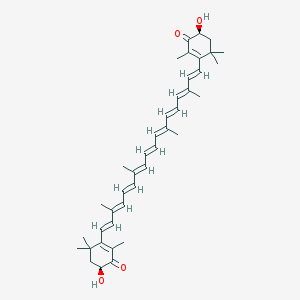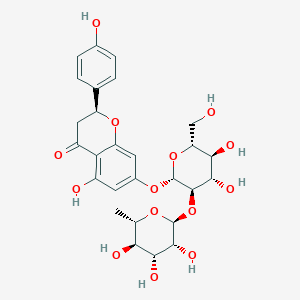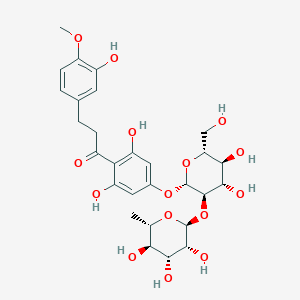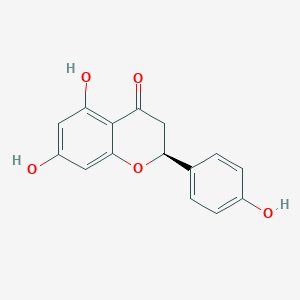Description
Astaxanthin is a carotenoid pigment found in a variety of microorganisms and marine creatures, including algae, salmon, shrimp, and krill. It is responsible for these organisms’ distinctive red-orange hue and has sparked much interest due to its high antioxidant effects and potential health benefits. The microalgae Haematococcus pluvialis produces astaxanthin, which accumulates in high amounts when subjected to stressful situations such as restricted nutrition or increasing light intensity.
Because of its extraordinary ability to neutralize free radicals and protect cells from oxidative damage, astaxanthin is often referred to as a “super-antioxidant.” Astaxanthin, unlike other carotenoids and antioxidants, has a unique chemical structure that allows it to bridge the entire cell membrane, protecting both the lipid-soluble and water-soluble sections of the cell. This distinguishing property makes it an effective antioxidant capable of combating oxidative stress, a major contributor to aging and disease.
The following are some of the potential health benefits of astaxanthin:
- Anti-inflammatory properties: Astaxanthin has been demonstrated to influence the production of inflammatory mediators, which may aid in the reduction of inflammation in a variety of illnesses such as arthritis and cardiovascular disease.
- Astaxanthin can pass the blood-brain and blood-retinal barriers, providing neuroprotective and vision-supportive advantages by lowering oxidative stress in these tissues.
- Skin health: Astaxanthin can help protect the skin from UV damage, increase suppleness, and lessen the appearance of wrinkles and age spots.
- Astaxanthin has been shown in studies to improve lipid profiles, reduce oxidative stress, and boost overall cardiovascular health.
- Exercise performance and recovery: Astaxanthin has been found to increase endurance, decrease muscle damage, and promote recovery after physical activity.





